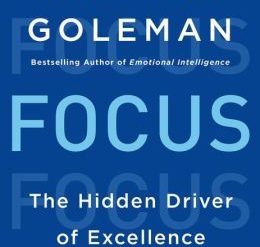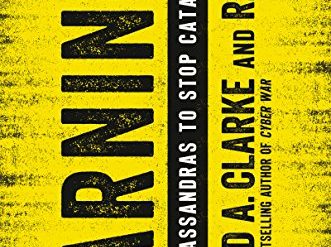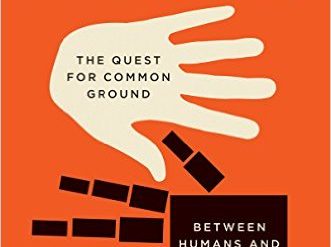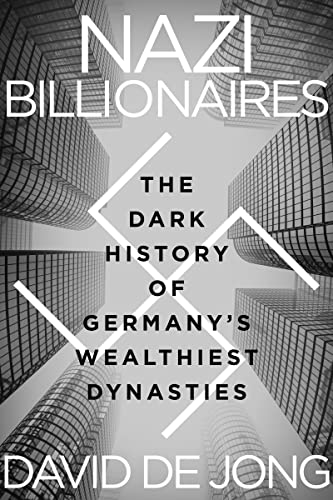
You might expect a book with the title Nazi Billionaires to feature the Krupp family, who manufactured steel and armaments for the Third Reich, and the men behind the chemicals giant I G Farben, notorious for producing the Zyklon B gas used to murder millions in the death camps. But both firms had their roots in earlier centuries and were well established at the pinnacle of German industry long before World War II. Instead, author David de Jong turns our attention to the five families who were the greatest of the Nazi war profiteers, building dynastic wealth by collaborating with Hitler’s regime.
Estimated reading time: 8 minutes
The five families
Four of the five families de Jong profiles were directly involved in producing weapons for the Nazi military or the materials, such as iron and coal, needed to manufacture them. One supplied food for German troops.
- Günther Quandt (1881-1954) was wealthy before Hitler came to power but built his fortune by orders of magnitude by cozying up to the Nazi elite and to Hitler personally. He “founded an industrial empire that today includes BMW.”
- Friedrich Flick (1883-1972) became Germany’s, and possibly the world’s, richest man under Adolf Hitler. “Flick’s enterprises [including Daimler-Benz] were instrumental in Nazi Germany’s rearmament efforts” in the 1930s.
- August von Finck, Sr. (1898-1880) founded the two giant German insurance firms, Allianz and Munich Re, and the private bank Merck Finck. His fortune multiplied when he gained control of the Vienna-based S M von Rothschild through the Nazi policy of “Aryanization.”
- Ferdinand Porsche (1875-1951) founded the eponymous car company. He built his family’s wealth by producing military vehicles for the Third Reich and by designing Hitler’s original Volkswagen with his son, Ferry. The Porsche-Piëch clan controls Volkswagen and Porsche to this day.
- Richard Kaselowsky (1888-1944) married into the Oetker family, which owned Dr. Oetker, famous for supplying pudding mix and baking powder for the Wehrmacht. The family now owns a global consumer products empire based on the original company.
They were Nazi war profiteers, one and all
All five families built their wealth in significant part by exploiting slave labor and expanding their companies by seizing Jewish-owned firms through the brutal process of Aryanization. And “by 1970, Friedrich Flick, August von Finck, Herbert Quandt, and Rudolf-Oetker”—the contemporary patriarchs of four of the families—”made up West Germany’s top four wealthiest businessmen, in descending order of fortune. All four were former members of the Nazi Party; one of them had been a voluntary Waffen-SS officer; they had all become billionaires.”
Nazi Billionaires: The Dark History of Germany’s Wealthiest Dynasties by David de Jong (2022) 400 pages ★★★★★
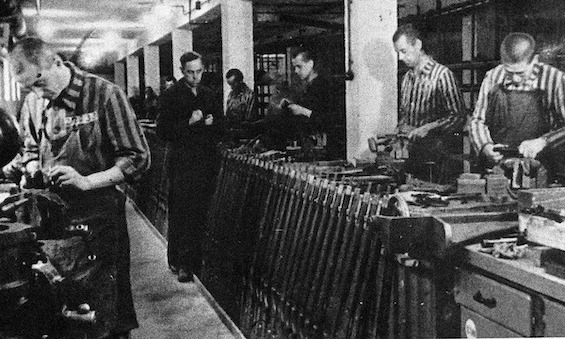
Here’s how they built that wealth
There were three principal sources of the billions reaped by the five families under the Third Reich. Government contracts, principally for armaments. The seizure of Jewish-owned businesses, usually for a small fraction of their value. And the exploitation of slave labor supplied by the SS (for a price). But all the patriarchs who are at the center of de Jong’s account later denied knowledge of the crimes they enabled. And many of their descendants continued to do so for years after the war came to an end.
Here, for example, is de Jong’s comment on the Quandts. “It didn’t matter to father and son that they took over the seized livelihood and life’s work of Jews. To them the only thing that mattered was the expansion of the Quandt empire. And expand it they would. Belgian, Polish, Croatian, and Greek firms soon fell prey to the Quandts’ gang of corporate raiders.” But even worse was the family’s use of slave labor. “IG Farben, Siemens, Daimler-Benz, BMW, Krupp, and various companies controlled by Günther Quandt and Friedrich Flick were some of the largest private-industry users of forced and slave labor.”
Were they tried as war criminals?
The obvious question is whether the five families, or at least those at the helm of their enterprises during the war, ever paid for their crimes. And the shocking answer is that they did not. They lied through their teeth and assembled reams of false affidavits from collaborators, many of them war criminals themselves. And it worked. Most of them persuaded investigators that they were simply businessmen taking advantage of wartime opportunities to make money. And if they had joined the Nazi Party or the SS, they insisted, it was because Joseph Goebbels or Heinrich Himmler made them do so. Friedrich Flick alone was tried and convicted as a war criminal. He was sentenced to seven years imprisonment. He served for less than three years.
The German judges and investigators involved in prosecuting war criminals were sometimes former Nazis themselves and were uniformly lenient. But the Americans were worse offenders. Only Telford Taylor, the assistant to the chief prosecutor at the Nuremberg Trials, aggressively pursued a course of justice. It was he who put Flick in the dock and secured his conviction. But Taylor was an outlier. Other Americans pursued the policy of the Truman Administration to bolster West Germany as a bulwark against the Soviet Union in the Cold War. American officials looked the other way at Nazi war profiteering. And then came the Korean War.
“Over 1950 and 1951,” de Jong writes, US high commissioner for occupied Germany John J. “McCloy oversaw a series of controversial acts of clemency affecting more than a hundred Nuremberg convicts. He not only pardoned industrialists such as Alfred Krupp, even returning his assets, but he also commuted death sentences and reduced prison time for many high-ranking SS officers, all of them responsible for massacring hundreds of thousands of people.”
What happened to all the money?
Dynastic wealth dissipates in most rich families. Examples are legion, as successive generations devote their energy to spending rather than making money—or divide the assets among ever larger numbers of children. And that was the case with most of the “Nazi billionaires” profiled in David de Jong’s book. Much of the immense wealth accumulated by the five families during World War II is no longer highly visible in 2023.
According to the widely cited tally updated daily by Forbes magazine, Real-Time Billionaires, just three of the five families still figure among Germany’s wealthiest people. No one from either the Flick family or those of the Porsche-Piëch clan appears on the list.
The Quandts
Stefan Quandt and his older sister, Suzanne Kletter, jointly own more than forty percent of BMW. His current net worth of $26.2 billion places him fifty-seventh on the Forbes list of the world’s richest people. Her fortune, which stands at $25.0 billion, earns her the sixty-second spot. Three German billionaires with wealth estimated at between $30 and $44 billion are higher on the tally.
The von Frincks
A woman named Francine von Frinck is the sole member of her family to figure on the billionaires’ list. She holds assets in diversified investments of $8.4 billion, placing her at number 250 in the world.
The Oetkers
Three descendants of the “pudding magnate” appear tied at number 738 on the Forbes tally. Alfred Oetker, Carl Ferdinand Oetker, and Julia Oetker each possess assets valued at $3.9 billion. They have equal shares in the successor to the baking company their grandfather built, now a “holding company with brands spanning wine and spirits, chemicals and luxury hotels.”
But they gave us the beetle
No history of business and industry during the Third Reich is complete without mentioning the Volkswagen. The original car was designed by “Hitler’s favorite engineer,” Ferdinand Porsche, and his son. But you won’t read about millions of wartime Germans driving around in the car that came to be called the “beetle.” And here’s why, as de Jong reveals. “The ‘people’s car’ was not, in fact, delivered to the people. Only 630 of them were built during the Third Reich, and they all went to the Nazi elite. The 340,000 Germans who signed up for the [company’s] program to save for the purchase of the car were bilked of around 280 million reichsmarks.” That’s about $2.4 billion in today’s dollars, but that was back in the day when a million reichsmarks was a fortune.
About the author
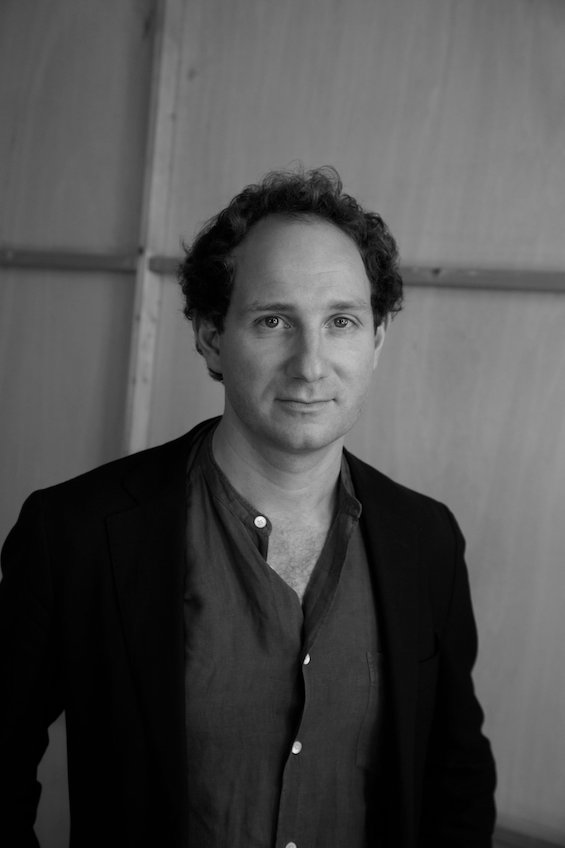
According to his author website, “David de Jong is a journalist and author. His first book, Nazi Billionaires, is published in the US and the UK by HarperCollins and will be translated in more than twenty languages from English. He spent four years reporting from Berlin while researching and writing this book. David previously covered European banking and finance from Amsterdam and hidden wealth from New York for Bloomberg News. His work has also appeared in the New York Times, the Wall Street Journal, and Bloomberg Businessweek. A native of the Netherlands, he currently lives in Tel Aviv and works as a Middle East correspondent for the Dutch Financial Daily“.”
For related reading
This is one of the Good books about billionaires.
Many of the men profiled in this book also appear in Hell’s Cartel: IG Farben and the Making of Hitler’s War Machine by Diarmuid Jeffreys (The German businessmen who bankrolled Hitler and made World War II possible).
You might also check out:
- 10 top nonfiction books about World War II
- Good books about the Holocaust
- My 10 favorite books about business history
- 10 great biographies
- 20 top nonfiction books about history
And you can always find my most popular reviews, and the most recent ones, on the Home Page.

